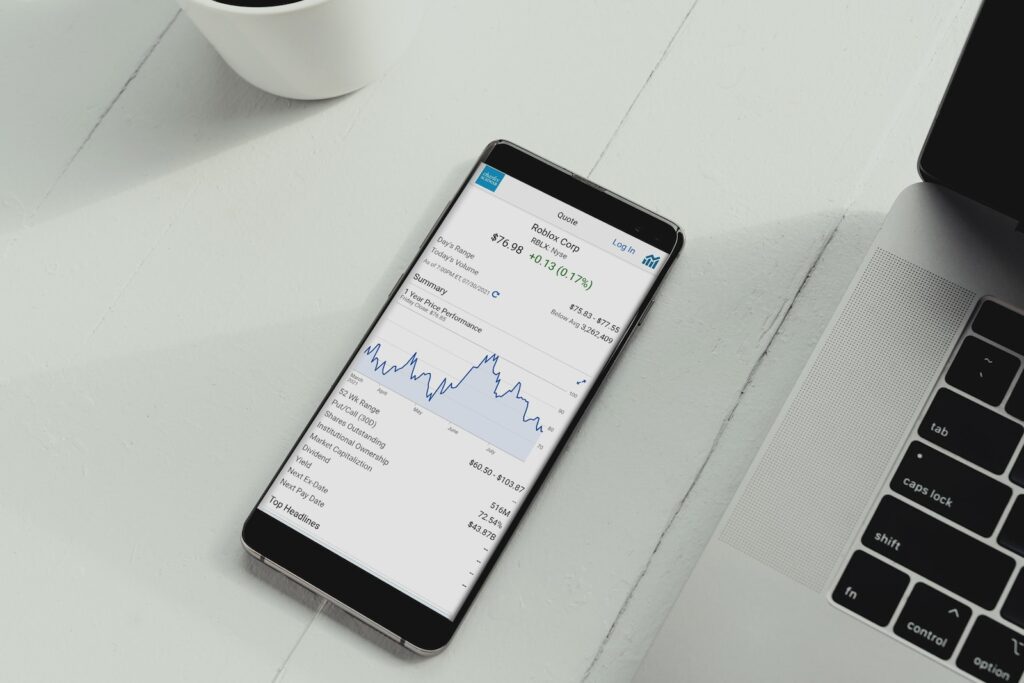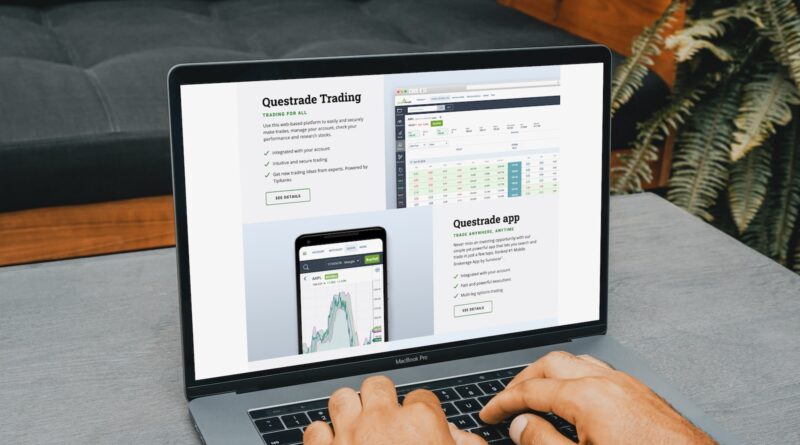Maximizing ROI: The Investor’s Guide to Lending Checklists
If you’re a real estate investor, borrower, or lender, you know that maximizing return on investment (ROI) is essential. A checklist can help you keep track of all the details you need to consider when lending money. This guide will provide you with a checklist to ensure that you are maximizing your ROI.
Real estate investing can be a lucrative venture, but it can also be risky. One of the most critical aspects of lending is ensuring that you’re getting a good return on investment. A lending checklist can help you make sure that you’re covering all the bases and maximizing your ROI. In this guide, we’ll provide you with tips for creating a lending checklist and making the most of your lending opportunities.
Why You Need a Lending Checklist?
A lending checklist helps you stay organized and ensures that you don’t overlook critical details. It can also help you spot potential problems before they become significant issues. By having a checklist, you can avoid costly mistakes that could harm your ROI.
Overview of Tips
Before we dive into the specific steps, here’s an overview of the tips we’ll cover in this guide:
- Define your lending criteria
- Conduct thorough due diligence
- Assess the borrower’s financial situation
- Understand the property’s condition and potential
- Consider the loan structure
Define Your Lending Criteria
The first step in maximizing your ROI is to define your lending criteria. This includes the type of property you’re willing to lend on, the loan-to-value ratio, and the interest rate you’ll charge. By setting clear criteria, you’ll be able to quickly determine if a lending opportunity is right for you.
- Type of Property:
- What type of property are you willing to lend on? Residential, commercial, or both?
- Loan-to-Value Ratio:
- What is the maximum loan-to-value ratio you’re willing to accept? This will depend on the type of property and the borrower’s financial situation.
- Interest Rate:
- What interest rate are you willing to charge? This will depend on market conditions, the borrower’s creditworthiness, and the loan structure.
Conduct Thorough Due Diligence
Before you lend money, you must conduct thorough due diligence. This includes researching the borrower’s background, checking their credit score, and verifying their income and assets. You should also research the property and assess its potential value.
- Borrower Background:
- What is the borrower’s background? Do they have experience in real estate investing or lending?
- Credit Score:
- What is the borrower’s credit score? A higher credit score indicates that the borrower is more likely to repay the loan.
- Income and Assets:
- What is the borrower’s income and asset situation? This will help you determine if they can repay the loan.
- Property Value:
- What is the potential value of the property? This will help you determine the loan-to-value ratio.
Assess the Borrower’s Financial Situation
Once you’ve conducted due diligence on the borrower, you need to assess their financial situation. This includes reviewing their financial statements, tax returns, and credit reports. You should also consider the borrower’s debt-to-income ratio and their ability to make the loan payments.
- Financial Statements:
- What are the borrower’s financial statements? These will provide information about their income, expenses, and net worth.
- Tax Returns:
- What do the borrower’s tax returns show? This will help you verify their income and assets.
- Credit Reports:
- What is the borrower’s credit report? This will provide information about their credit history, including any outstanding debts or defaults.
- Debt-to-Income Ratio:
- What is the borrower’s debt-to-income ratio? This will help you determine if they can afford the loan payments.
Understand the Property’s Condition and Potential
Assessing the property’s condition and potential is another critical step in maximizing your ROI. You should inspect the property thoroughly, review any inspection reports, and research the local real estate market to determine the property’s potential value.
- Property Inspection:
- What does the property inspection reveal? This will help you determine if there are any issues that could impact the property’s value.
- Inspection Reports:
- What do the inspection reports show? This will help you identify any necessary repairs or upgrades.
- Local Real Estate Market:
- What is the local real estate market like? Are property values increasing or decreasing?

Consider the Loan Structure
The loan structure is also an essential consideration when lending money. You should consider the loan term, repayment schedule, and any fees or penalties associated with the loan. You should also ensure that the loan structure aligns with your lending criteria and the borrower’s financial situation.
- Loan Term:
- What is the loan term? This will impact the interest rate and the borrower’s ability to repay the loan.
- Repayment Schedule:
- What is the repayment schedule? Will the borrower make monthly, quarterly, or annual payments?
- Fees and Penalties:
- What fees and penalties are associated with the loan? These could include origination fees, prepayment penalties, or late fees.
Action Steps Checklist
Now that you know the essential steps to creating a lending checklist, here’s a quick overview of the action steps:
- Define your lending criteria, including the type of property, loan-to-value ratio, and interest rate.
- Conduct thorough due diligence on the borrower and the property.
- Assess the borrower’s financial situation, including their income, assets, and debt-to-income ratio.
- Understand the property’s condition and potential, including any necessary repairs or upgrades.
- Consider the loan structure, including the loan term, repayment schedule, and any fees or penalties.
Examples of Maximizing ROI: The Investor’s Guide to Lending Checklists
Here are a few examples of how a lending checklist can help you maximize your ROI:
- By defining your lending criteria upfront, you can quickly evaluate lending opportunities and avoid wasting time on deals that don’t meet your requirements.
- Conducting thorough due diligence can help you identify potential problems with the borrower or the property before they become significant issues.
- Assessing the borrower’s financial situation can help you ensure that they can afford the loan and make the loan payments on time.
- Understanding the property’s condition and potential can help you determine if it’s a sound investment and identify any necessary repairs or upgrades.
- Considering the loan structure can help you ensure that the loan aligns with your lending criteria and the borrower’s financial situation.
Final Words
A lending checklist is a critical tool for real estate investors, borrowers, and lenders. By defining your lending criteria, conducting thorough due diligence, assessing the borrower’s financial situation, understanding the property’s condition and potential, and considering the loan structure, you can maximize your ROI and avoid costly mistakes.
Remember, creating a lending checklist is just the first step. You also need to use it consistently and update it regularly to ensure that you’re making the most of your lending opportunities. With a lending checklist in hand, you’ll be well on your way to achieving your real estate investment goals.
Now that you know the essential steps to maximizing your ROI with a lending checklist, it’s time to take action. Use the action steps checklist to create your own lending checklist, and start using it to evaluate lending opportunities. Remember, by using a checklist, you can avoid costly mistakes and maximize your return on investment.
So, what are you waiting for? Start creating your lending checklist today!
